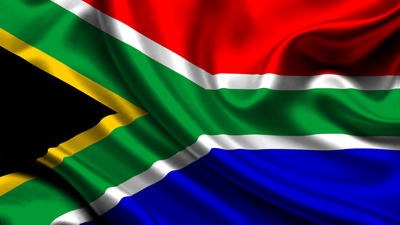Biodiversity • Ecological Integrity • Landscape Level Ecosystems
UNDP SUSTAINABLE DEVELOPMENT GOALS
6 CLEAN WATER AND SANITATION, 13 CLIMATE ACTION, 15 LIFE ON LAND
SAFAS has an ecosystem centered approach
Managing the habitat in the context of the landscape will lead to greater species/genetic diversity.
South Africa’s diverse topography, climate and geology results in extremely high species diversity, rate of endemism and ecosystem diversity. It is one of the world’s mega-diverse countries having three of the Critical Ecosystem Partnership Funds biodiversity hotspots within its borders. However, this biodiversity is highly threatened by human development resulting in habitat loss and degradation. All forestry occurs in the highly productive wetter southern and eastern seaboard and associated escarpment areas which are also rich in biodiversity.
1.3 million hectares of plantation forestry has been established in the highly threatened and biodiverse fire-dependent grasslands and Fynbos of South Africa. Over a third of forestry land is unplanted, much of which is in a natural state and managed with conservation objectives. The result is that forestry estates contain some of the finest examples of a number threatened vegetation types, many of which have been declared as formal protected areas under the NEMA Biodiversity Act through the Biodiversity Stewardship Programmes.
The SAFAS STANDARD has clear pragmatic criteria for biodiversity management. The VALUE BASED PLATFORM can be used to identify habitats that are important for biodiversity and in partnership with conservation organisations, SAFAS can provide management advice.
The development of SAFAS has been supported by SANBI, the countries leader in Biodiversity Conservation and its partner the United Nations Development Programme.
For support regarding biodiversity stewardship and management contact:
- CONSERVATION OUTCOMES
https://www.conservation-outcomes.org - The Endangered Wildlife Trust (EWT)
https://www.ewt.org.za - KZN Wildlife
http://www.kznwildlife.com - MPTA
http://www.mpumalanga.com/ - Cape Nature
https://www.capenature.co.za - Eastern Cape Parks and Tourism
https://www.gov.za
ECOSYSTEM SERVICES
- Water quality (6, 11, 12)
- Water supply (6, 11, 12)
- Soil retention (6, 12, 14)
- Local Climate and Air quality (11, 12)
- Carbon storage (6, 11, 12)
- Recreational values
- Aesthetic values (8, 11, 12)
UNDP SDGS ….
Healthy ecosystems lead to a range of ecosystem services ecosystem services. Ecosystem Services are the contribution that ecosystems have to human well-being and can be categorized in four main types:
Provisioning services are the products obtained from ecosystems such as food, fresh water, wood, fibre, genetic resources and medicines.
Regulating services are those that regulate processes such as climate, natural hazards, water purification, waste management, pollination and pest control.
Support services include the essential factors necessary for maintaining ecosystem functioning, such as soil formation, nutrient cycling, primary production.
Cultural services include recreational, aesthetic, spiritual or educational benefits.
The SAFAS STANDARD has criteria directed at the maintenance of these services. The VALUE BASED PLATFORM assists in identifying which are the most important services and the management activities that impact or enhance them.


